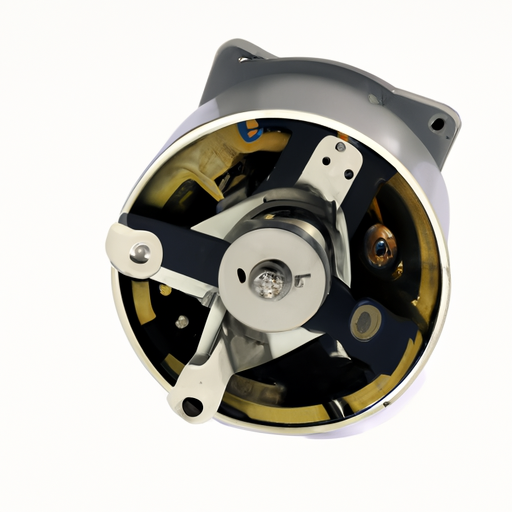Title: Clock Generator Production Processes: A Comprehensive Overview

1. Design and Specification (200 words) The clock generator production process begins with the design and specification phase. Engineers analyze the requirements and intended applications to determine the necessary features, such as frequency range, stability, and output types. This phase involves extensive research, simulations, and prototyping to optimize the design for performance and cost-effectiveness.
2. Integrated Circuit (IC) Fabrication (250 words) Once the design is finalized, the clock generator's integrated circuit (IC) is fabricated. This process typically involves several steps, including photolithography, etching, deposition, and doping. Photolithography is used to transfer the circuit pattern onto a silicon wafer, while etching removes unwanted material. Deposition adds various layers, such as conductive and insulating materials, and doping introduces impurities to modify the electrical properties of specific regions.
3. Packaging (200 words) After IC fabrication, the clock generator is packaged to protect it from external influences and facilitate its integration into electronic systems. Packaging involves encapsulating the IC in a protective material, such as plastic or ceramic, and connecting it to external pins or leads. This step ensures electrical connectivity, thermal dissipation, and mechanical stability.
4. Testing and Quality Control (300 words) Testing and quality control are critical stages in clock generator production. Various tests are conducted to verify the device's performance, reliability, and adherence to specifications. These tests include functional testing, frequency accuracy measurement, temperature stability assessment, and power consumption analysis. Additionally, environmental tests, such as temperature cycling and humidity exposure, are performed to evaluate the clock generator's robustness under different conditions.
5. Assembly and Integration (200 words) Once the clock generator passes all quality tests, it is assembled and integrated into the final product. This step involves mounting the clock generator onto a printed circuit board (PCB) and connecting it to other components, such as oscillators, microcontrollers, or system-on-chip (SoC) devices. Careful attention is given to signal integrity, power supply, and electromagnetic compatibility (EMC) considerations during this stage.
6. Final Testing and Calibration (250 words) Before the clock generator-equipped device leaves the production line, a final round of testing and calibration is performed. This ensures that the clock generator functions correctly within the specific application and meets the desired performance criteria. Calibration may involve adjusting parameters, such as frequency, duty cycle, or output voltage, to achieve optimal performance.
7. Packaging and Distribution (100 words) The final step in the clock generator production process involves packaging the finished product for distribution. This includes labeling, barcoding, and ensuring proper protection during transportation. The packaged clock generators are then distributed to various customers, including original equipment manufacturers (OEMs), electronics distributors, and end-users.
Conclusion (100 words) The production of clock generators involves a series of intricate processes, from design and IC fabrication to testing, assembly, and distribution. Each step is crucial in ensuring the quality, reliability, and performance of these essential timing devices. By understanding these production processes, manufacturers can optimize their operations and deliver clock generators that meet the ever-increasing demands of modern electronic systems.
